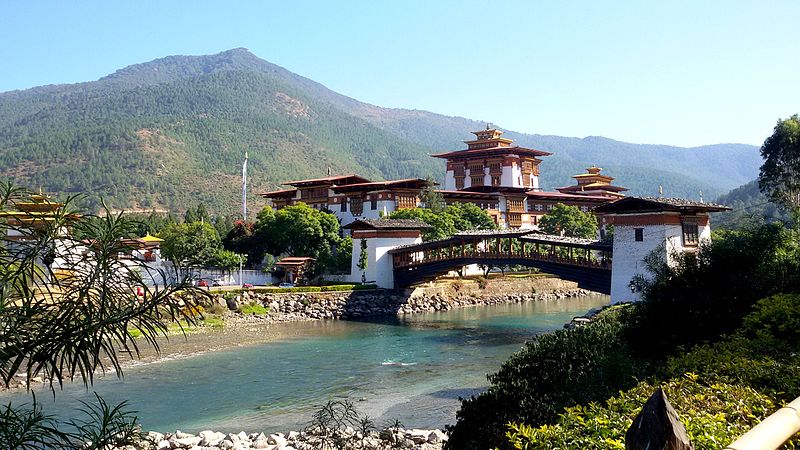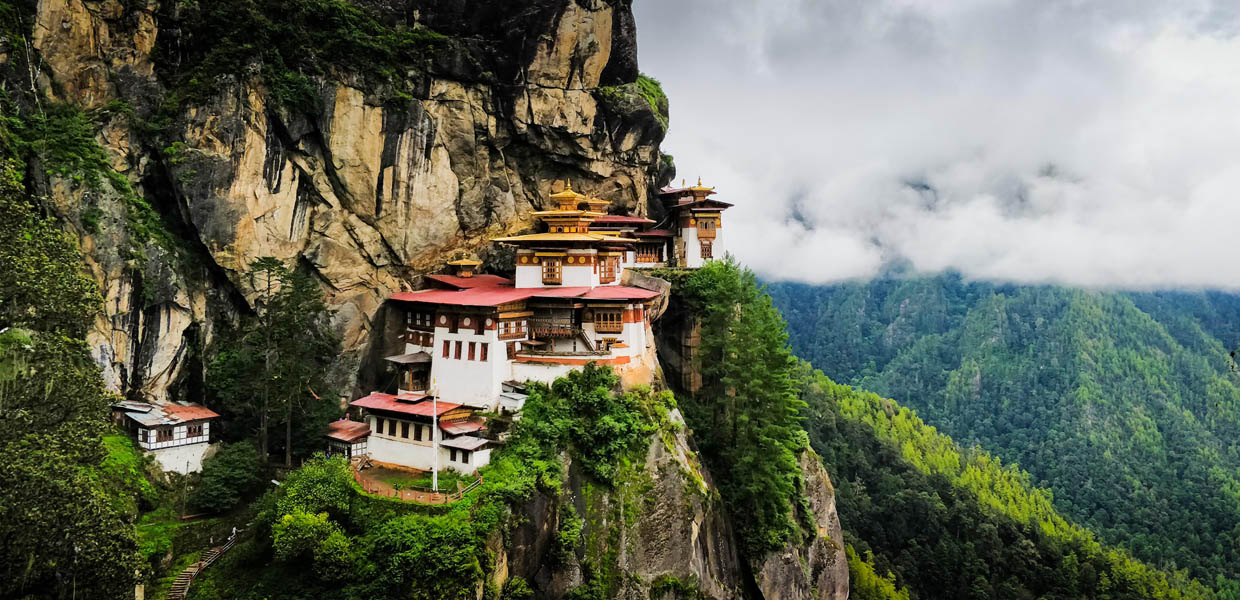Beyond the Sky and Earth: a Journey into Bhutan
ideas
Zeppa describes her encounters with Bhutan. She describes the local area and the people that she meets along the journey.
context
Bhutan is in Asia. It is a landlocked country. Due to being in the Himalayas, the region is extremely high. This means it suffers from extreme temperature.
author’spurpose
Zeppa is a Canadian writer. She wrote ‘Beyond the Sky and Earth: A Journey into Bhutan’ as an autobiography. This means that it is a recount of her own personal experiences and it is written in the first person (‘I’). Zeppa is a lecturer and she visited Bhutan to teach. She was there for 2 years.
language
Facts vs Description
Facts are true and cannot be disputed. They provide information and help to ahieve the purpose of ‘writing to inform’.
An example of the facts outlined are:
‘Just past Everest, I caught a glimpse of the Tibetan plateau, the edge of a frozen desert 4,500 meters above sea level. Thimphu’s altitude is about half of that but even here, the winter air is thin and dry and very cold.’
It is interesting to note how the facts are intertwined with the writer’s personal experiences. The facts are presented from the location of Zeppa, rather than them being objective facts.
Description tends to be perceived. It provides information as well but it fulfills the purpose of ‘writing to describe.’
An example of description is:
‘Lorna has golden brown hair, freckles and a no nonsense, home-on-the-farm demeanor that is frequently shattered by her ringing laughter and stories of the wild characters that populate her life in Saskatchewan.’
The writer attempts to create an image not only of Bhutan but of her own personal experience as well.
Opinions
Alongside the factual content, the writer uses opinions. These are personal viewpoints on a subject or topic:
‘The Bhutanese are a very handsome people, ‘the best built race of men I ever saw,’ wrote emissary George Bogle on his way to Tibet in 1774, and I find I agree.’
It is interesting how the writer uses the quote of someone famous to support her opinion, which almost makes the opinion appear as a fact. This makes the writer seem more experienced and as more of an expert.
structure
Ending
The ending of the piece: ‘I am full of admiration for this small country that has managed to look after itself so well’ appears to support the title of Bhutan being ‘above the sky and earth.’ The title is a clever metaphor: whilst the position of Bhutan is extremely high (regarding sea level), she also appears to regard the country extremely highly.
examquestions
Within your examination, you will be asked a series of questions about the article.
Some of the questions will be short questions. For these questions, you must look at the number of marks in brackets. It is important to answer in full sentences.
Other questions will be long questions. For these questions, you must look at using analysis. You will also be asked to compare. Think carefully about the key comparisons and plan your answer first.
Assessment features are __coming soon: ____check back here in the next few days for the opportunity to ____unlock assessment ____and access ____teacher-written questions ____with ____model answers.
- Provide 2 facts about Thimpu
- How high is the Tibetan plateau?
- Provide 2 facts about Thimpu (2 marks) Thimpu is the capital and it is a 90 minute drive from the airport in Paro.
- How high is the Tibetan plateau?
- Your answer should include: The Tibetan plateau is 4 / 500 meters above sea level.
- How does Zeppa use language and structure to present Bhutan?
- In this extract, there is a balance between factual information and description. Evaluate how successfully this is achieved. Support your views with detailed reference to the text. (15)
- Provide 3 facts about the author
- What is the difference between a fact and an opinion?
- How does the writer use description?

